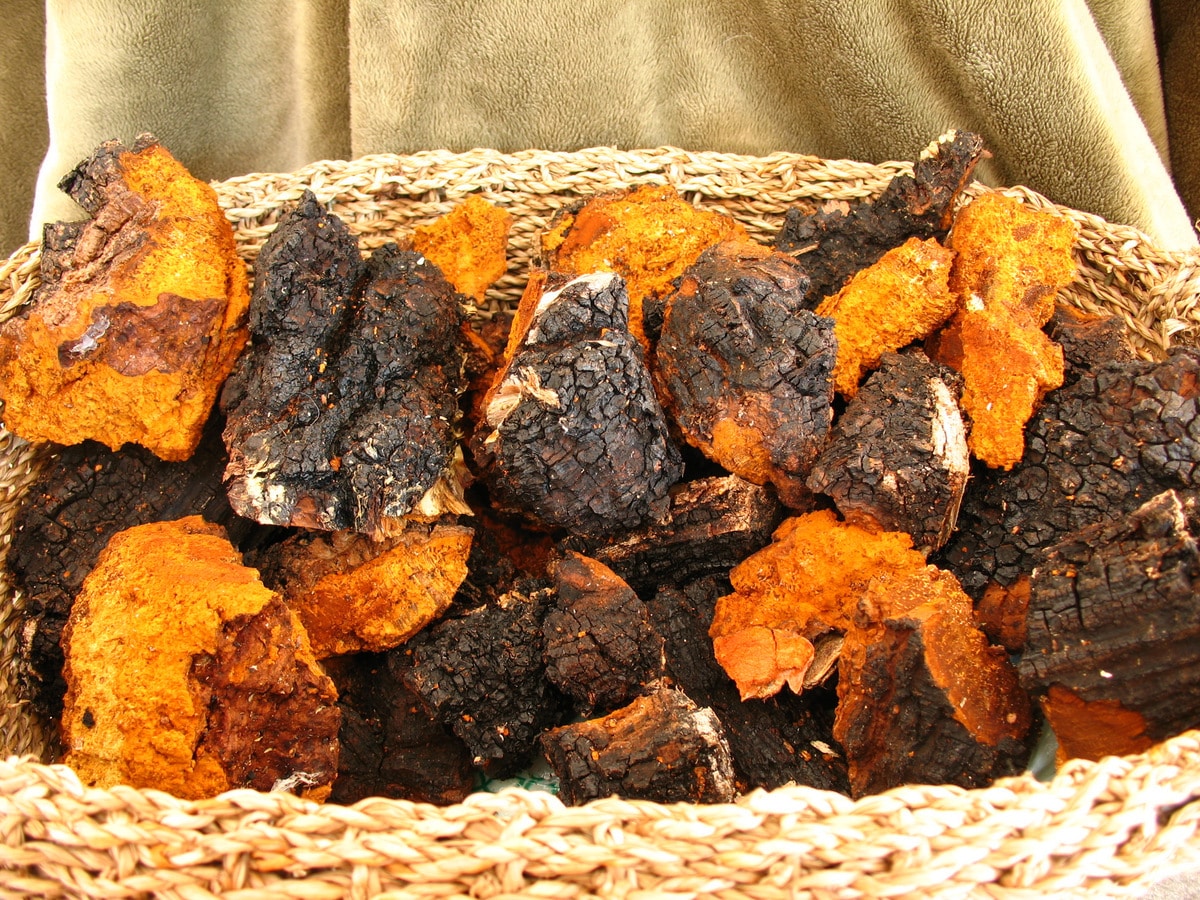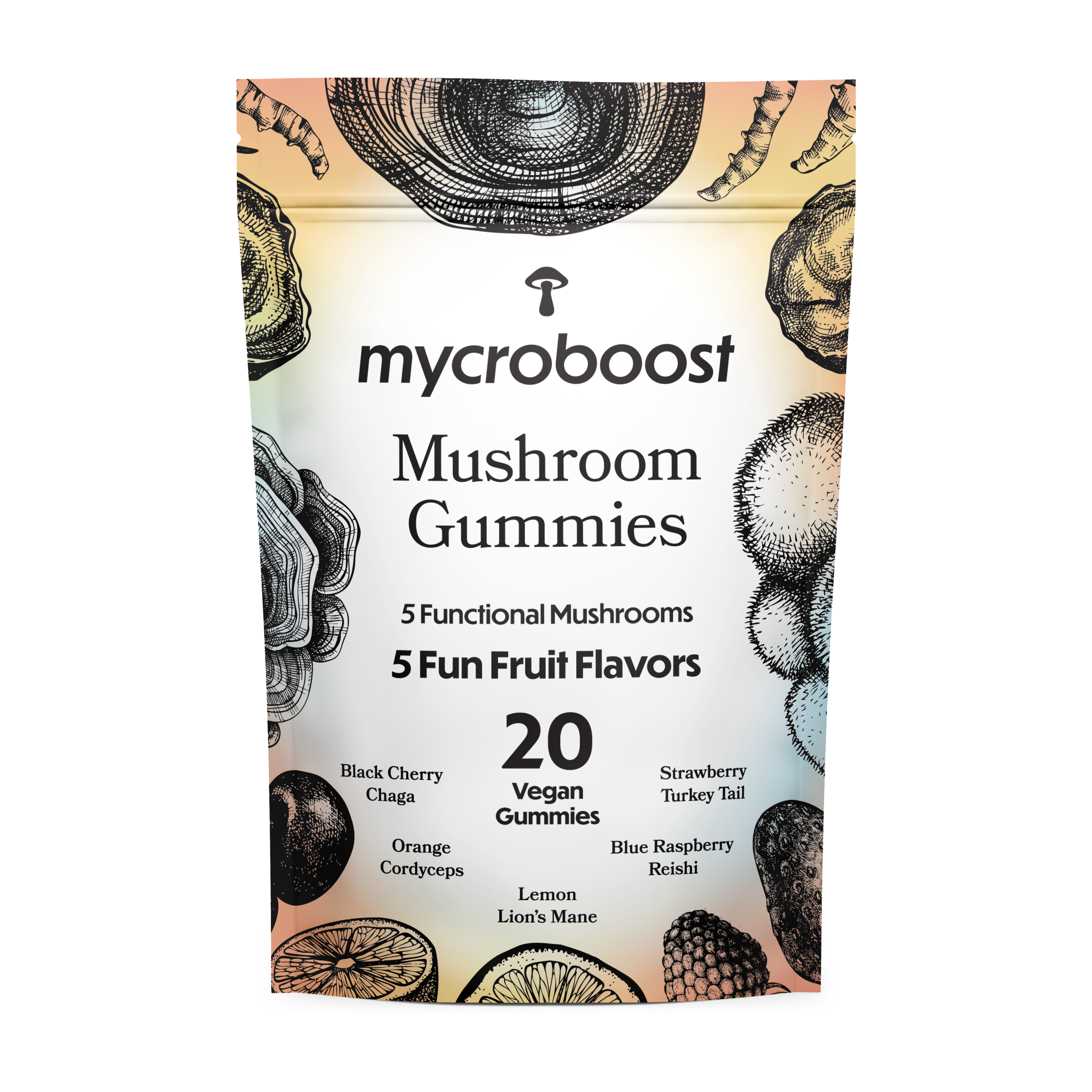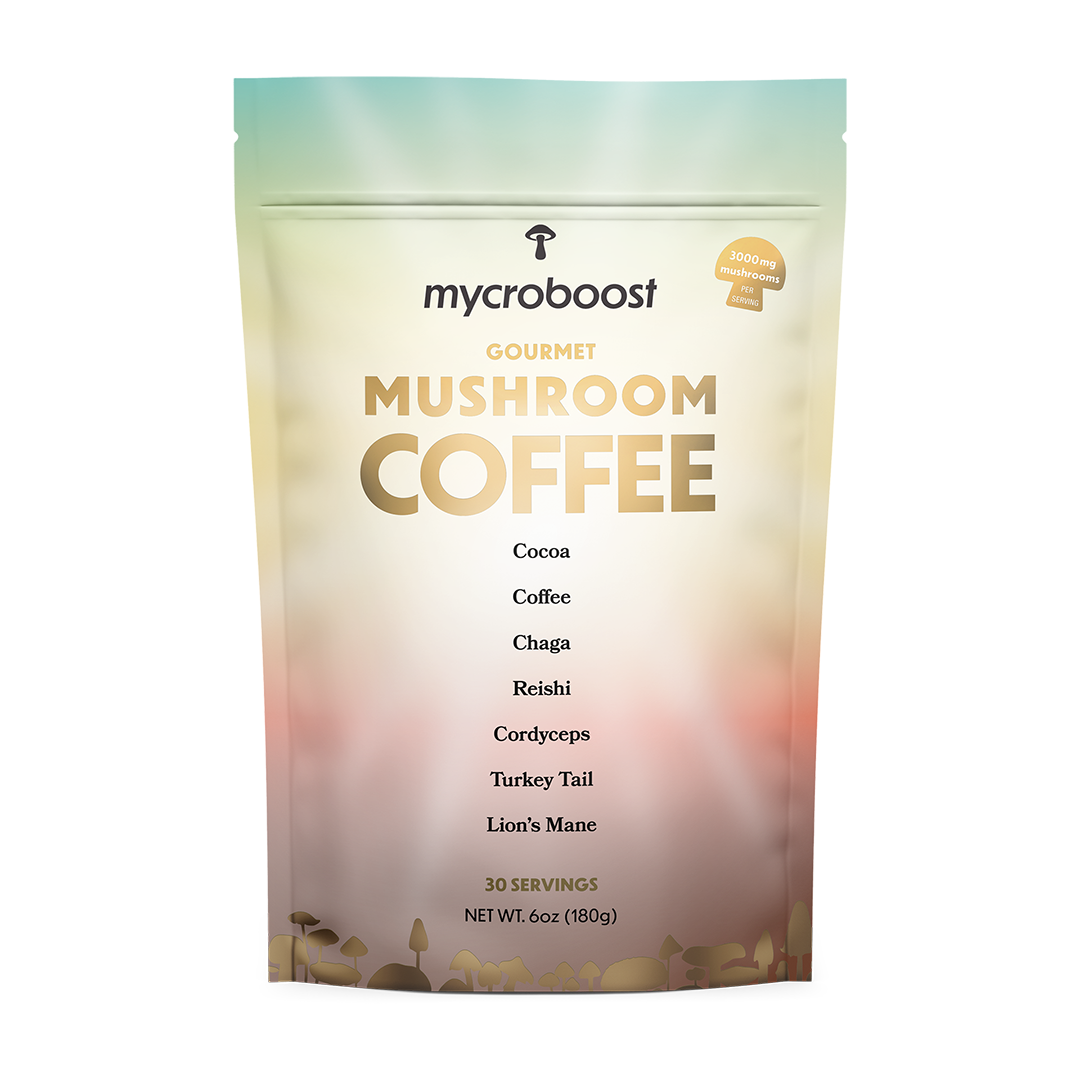Chaga mushroom (Inonotus obliquus) have long been prized for their medicinal value. They typically grow on birch trees in cold climates: Siberia, Alaska, Scandinavia, Canada or Minnesota, and have been used as medicine for thousands of years by indigenous peoples of the Northern Hemisphere. Shen Nung, who is considered the father of Chinese medicine, is said to have dubbed chaga the “King of the Herbs,” calling it “a precious gift of nature.” Otzi the Iceman, famously mummified in a glacier around 3400 BC and discovered in 1991, was carrying chaga mushroom at the time of his death, which historians have theorized was part of a first-aid kit.
Chaga was a staple of folk medicine in Eastern Europe as far back as the 12th century. Fun fact for the Russian literature nerds: Nobel Prize-winning author Aleksandr Solzhenitsyn mentioned this healing fungus in his 1968 book The Cancer Ward. “He could not imagine any greater joy than to go away into the woods for months on end. To break off this chaga, crumble it, boil it up on a campfire, drink it and get well like an animal.”
Memorial Sloan Kettering Cancer Center lists the scientific findings on chaga’s properties, and they’re pretty amazing: “In preclinical studies, chaga showed antitumor, anti-mutagenic, antiviral, antiplatelet, antidiabetic, antioxidant, analgesic, immunomodulating, anti-inflammatory and pain-relieving, anti-allergic, cognition-enhancing, and antioxidant effects.”
So what is chaga mushroom good for? Here’s what science says about the potential benefits of chaga mushrooms:
Chaga contains anti-inflammatory compounds.

According to the Cleveland Clinic, this fungus may help reduce inflammation and lower blood sugar. Chronic inflammation can damage healthy cells, tissues, and even your DNA, and many medical researchers believe chronic inflammation is at the root of diseases like heart disease, diabetes, cancer, Alzheimer’s disease. arthritis and autoimmune diseases like lupus or inflammatory bowel disease.
Chaga has anti-tumor properties.
According to the Cleveland Clinic, “Many studies show the potential for chaga mushrooms to slow the growth of cancer cells.” A study published in Nutrition Research and Practice found that extracts in chaga mushrooms significantly inhibited tumor growth and “could be used as natural anticancer ingredients.” (As always, if you are dealing with cancer or any other serious illness, always consult with your doctor before taking any fungal remedy!)
Chaga provides key essential nutrients.
Not only does this fungus contain anti-inflammatory and antioxidant compounds, it also supplies B-complex vitamins, copper, selenium, vitamin D, manganese, calcium, iron, zinc, potassium, and magnesium. It’s basically a multivitamin that grows on trees.
Chaga has antioxidant properties.
Chaga mushrooms are rich in polysaccharides, which have been shown to exhibit anti-tumor, antioxidant, hypoglycemic and immune-stimulating effects.
Chaga may defend against physical and mental fatigue.
A 2020 study published in the International Journal of Biological Macromolecules found that polysaccharide PIO-1. A key compound of the chaga mushroom “not only has great potential to postpone physical fatigue but also shown potential to improve mental fatigue.” Another 2011 study examining chaga’s effect on cognitive performance found that chaga positively impacted “higher brain functions like learning and memory.”
Can I Harvest Chaga Mushrooms In The Wild? Are They Edible Raw?
You can harvest chaga mushrooms, but keep in mind that the supply of authentic wild chaga is finite. Unlike many other mushrooms, chaga is extremely slow growing and can take four to five years to grow to the size of an apple. If you do collect chaga in the wild, choose larger pieces that have grown to maturity, and be sure to leave a chunk behind so that it can regrow. As with any wild foraging or collecting, only take as much as you can consume, and don’t harm the tree while collecting it.
Chaga can be found year round. They look like black, burned-looking lumps protruding from the sides of trees. Chaga’s extremely hard exterior means it has to be harvested with a hatchet or hammer. Experts warn against harvesting chaga from dead trees, so winter harvesting can be tricky, as it’s tough to tell which trees are living. Once the tree harboring the chaga dies, the chaga growing on it will also die, leaving it vulnerable to contamination by other types of fungus. Chaga mushrooms are edible but extremely bitter, which is why it’s most often consumed today in a capsule, formulation or tincture.
Final chaga mushroom fun fact: they can be used as tinder to build a fire! Chaga can apparently hold a smoldering ember for long periods of time, and can burn for hours, depending on the size of the fungus.
Ready to add chaga to your daily health regimen? Check out our Mycroboost Immunity Mushroom Softgels, which contain 500 mg of chaga extract along with turkey tail, reishi, and Vitamin D to supercharge your immune system. Our Mycroboost Medicinal Mushroom Gummies and Mycroboost Wellness Mushroom Softgel also contain chaga along a medley of functional mushroom extracts, formulated to help your body and mind thrive.










